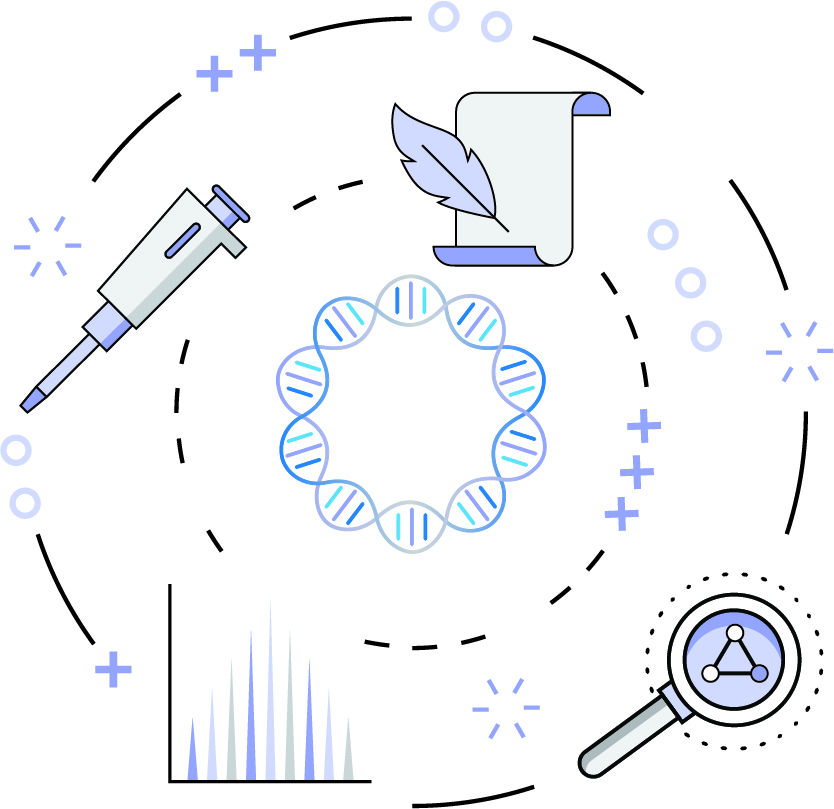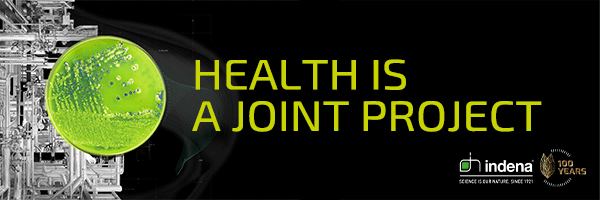Pharmaceuticals
Considerations for approval of biosimilars 22nd July 2019
By Cheryl Johnson, Manager, Commercial Development – Laboratory Services at Alcami Corporation
Biosimilars are sometimes incorrectly considered equivalent to a generic small molecule therapeutic, but for a biologic drug produ
Biosimilars are sometimes incorrectly considered equivalent to a generic small molecule therapeutic, but for a biologic drug product, the clinical and regulatory pathways are quite different. Cheryl Johnson, Manager, Commercial Development – Laboratory Services at Alcami Corporation, explains the distinct differences in the FDA’s definition, development strategy, and regulatory approval pathways.

According to the US Food and Drug Administration (FDA), a biosimilar is a biologic that is highly similar to the reference drug and has no clinically meaningful differences in terms of safety and efficacy. This concept, called interchangeability, gives the appearance of being a generic, and to the end-user this may be an acceptable use of the nomenclature. From the view of a sponsor seeking approval, however, the clinical and regulatory pathways are quite different.
Since the Biologics Price Competition and Innovation (BPCI) Act of 2009, the FDA created a series of guidances for implementation, including the recent Considerations in Demonstrating Interchangeability with a Reference Product (May 2019), which underlines the importance of identifying and analysing the critical quality attributes of the biosimilar as it relates to the reference product. The approach to demonstrating analytical and in vitro comparability is a cornerstone of biosimilar development in addition to switching and interchangeability studies, and requires intensive structural and functional characterization. A thorough analysis of the molecule’s physiochemical properties, impurity profile, functional activity, immunochemical properties, and other varied observations must be performed. These quality attributes are ultimately incorporated into a robust product control strategy, ensuring that the biosimilar product can maintain a state of control equivalent to that of the innovator drug.
A strong analytical strategy to demonstrate comparability can reduce the burden of clinical data required for licensure. However, as differences are almost certain to be found, each must be rationalized and its impact to the safety and efficacy of the biosimilar defined because minor differences can result in a significant shift in the approval pathway. Safety is always the top priority, and when the impact of a difference is unknown, additional clinical studies can be expected. Data sets using highly sensitive and selective analytical techniques capable of differentiating characteristics like change variants and glycoforms, presented along with an assessment of the attribute relationships, often reduces clinical requirements. This concern extends to differences in excipients, because the drug substance of the reference drug is often unavailable to the biosimilar manufacturer and thus, the final product is used for comparison only. Additionally, data supporting the presentation and container closure systems are required.
Ultimately, variations in the analytical strategy between the reference listed drug (RLD) and the biosimilar are dependent upon the structural and functional complexity of the molecule. For a biosimilar, not only the primary structure (e.g., glycosylation profile) but also the secondary structure of the protein (e.g., the way it folds) must demonstrate comparability, and the impact of any differences on efficacy must be explained. These characteristics can be impacted by the manufacturing process, adding a layer of complexity, since proprietary information of the manufacturing process of the original patent holder is likely inaccessible. Thus, each step must be designed in such a way that differences in product quality attributes are minimized. Any differences must also be carefully evaluated for potential risk to the patient. Consequently, there is no “one size fits all” for analytical control.
Regulatory expectations of the analytical strategy parallel novel therapeutics: assessment of physiochemical and immunochemical properties, functional activity, potency, and in-depth impurity profiling are all requisite studies. The exact testing performed is again a function of the expression system, manufacturing process, nature of the specific molecule, anticipated purity, and known critical impurities. The limitations of specific tests such as resolution and sensitivity should be considered as well. For example, state-of-the-art technology such as high resolution mass spectrometry for structural characterization and sequencing is quickly becoming the industry norm. A strategic approach to biological activity complements mass spectrometry-based structural analysis by demonstrating there are no or limited functional differences between the RLD and the biosimilar. In the event that multiple functional sites exist, the number and complexity of functional assays must be adjusted accordingly. The data from these two categories comprise much of the characterization required for licensure. In order to round out the analytical strategy, two quantitative measures are required, the potency assay and purity assay. However, the purpose of these methods is to provide quantitative insight into the drug substance or drug product, rather than show comparability.
For the applicant seeking biosimilar licensure, there are a multitude of avenues the development process can take. Despite the framework developed by the FDA in recent years, the approval pathway for biosimilars varies from product to product. Recreating the manufacturing process, in conjunction with demonstrating comparability, presents unique challenges. Furthermore, a well-rounded characterization and analytical control strategy does not guarantee a straightforward approval pathway. However, with novel biotherapeutics representing some of the most expensive treatments on the market, and with more products reaching the end of their patent each year, the opportunity to improve patient access with biosimilars justifies the effort.
Author:
Cheryl Johnson, Manager, Commercial Development – Laboratory Services, Alcami Corporation
Cheryl Johnson, Manager, Commercial Development – Laboratory Services, Alcami Corporation


